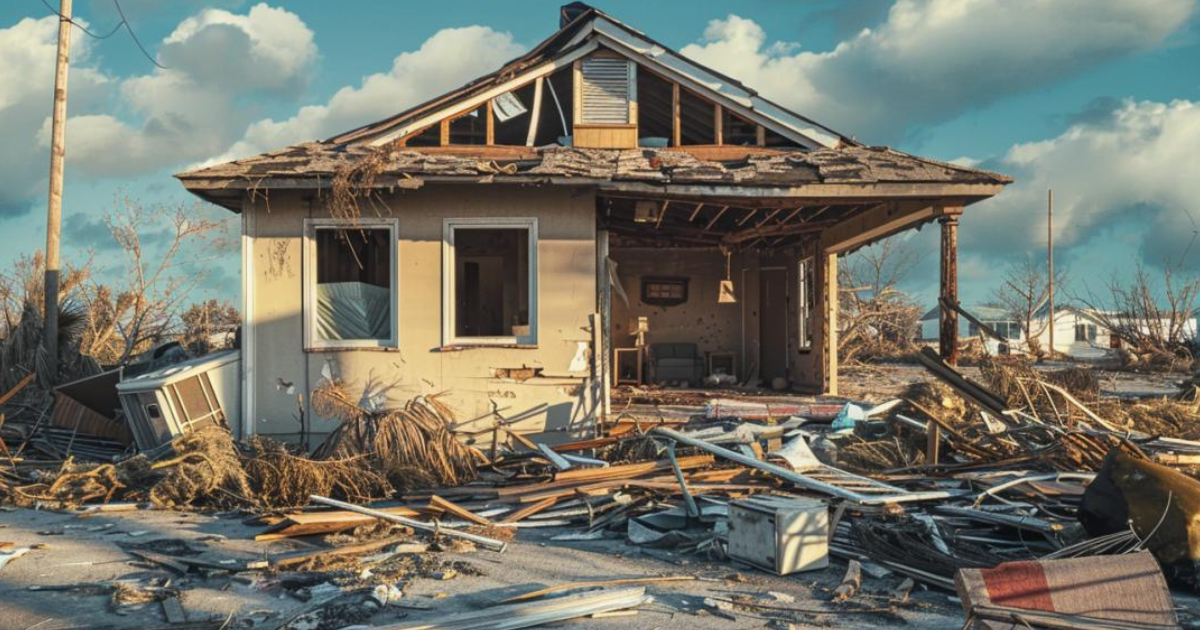Balancing Fire Safety and Environmental Protection: The Shift Towards Fluorine-Free Firefighting Foams
Firefighting foams have long been relied upon as a crucial tool in combating liquid fuel fires. Per- and polyfluoroalkyl substances (PFAS) have been an integral component of aqueous film-forming foams (AFFFs) since the 1970s. However, concerns about the harmful effects of PFAS on both human health and the environment have triggered a quest for safer alternatives.
Firefighting foams work by creating a protective "blanket" over liquid fuel, effectively smothering the fire and preventing the escape of flammable vapors. This foam barrier plays a vital role in extinguishing the fire and reducing the risk of re-ignition. The longevity and stability of the foam blanket significantly impact the foam's effectiveness in containing flammable vapors and ultimately quelling the fire.
While PFAS-containing foams have exhibited high firefighting efficacy, extensive scientific research has linked PFAS substances to harmful effects on both human health and the environment. PFAS compounds are known to persist in the environment without degrading naturally, posing potential risks to ecosystems and water sources.
Acknowledging these concerns, the Department of Defense took action in January 2023 by issuing a new performance specification for firefighting foams used by the military. This specification mandates that foams used on military bases must effectively combat class B hydrocarbon liquid fuel fires without containing PFAS.
In response to the call for PFAS-free options, intensive efforts are underway to identify effective alternatives to PFAS-containing firefighting foams. Researchers are working towards finding additives that can enhance the firefighting capabilities of commercially available PFAS-free fire suppressants, allowing for a quicker deployment of safer foam formulations in the field.
One notable initiative is being conducted by researchers at the Johns Hopkins Applied Physics Laboratory (APL) in Laurel, Maryland. They are diligently testing and evaluating additives that can enhance the performance of PFAS-free foam formulations, specifically tailored for military applications. By exploring these additives, they aim to maintain high firefighting effectiveness while minimizing environmental impact.
The search for safer firefighting foams goes hand in hand with evolving legislation and growing awareness of the urgent need for effective alternatives. Researchers, industry professionals, and regulatory bodies continue to collaborate in pursuit of innovative solutions that strike the right balance between firefighting efficacy and environmental responsibility.
As efforts progress, it is crucial to remain updated on the latest developments in this field. To learn more about the ongoing research and advancements concerning firefighting foams and PFAS alternatives, you can visit the Johns Hopkins APL website or consult reputable scientific publications dedicated to the subject.
If you or anyone you know has been affected or come directly in contact with AFF Foam, please reach out to Jason J. Joy & Associates at 713-221-6500 to discuss your possible right to compensation.
While this article provides general legal information, it does not constitute legal advice. The best way to get guidance on your specific legal issue is to contact a lawyer.
Contact Us
By submitting this form you agree to receive text messages.







